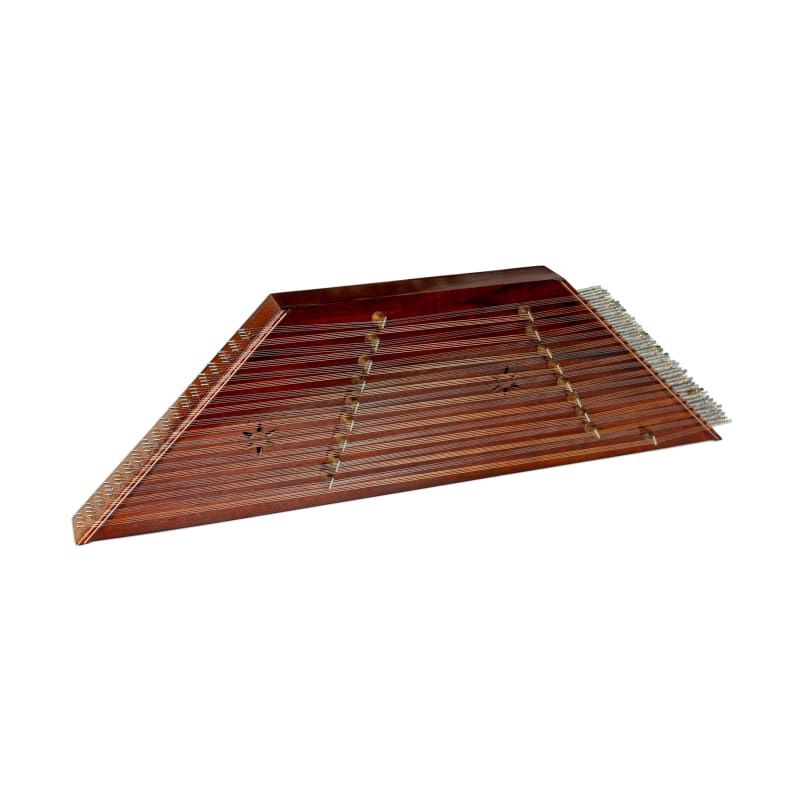Take action
$349
Santoor With Hard Case NAS-202
Ships for $20.49
Posted about 1 year ago in San Dimas, CA
Listed in categories:
Sold by
Business Information
Get a second opinion
Chat securely on the app
2-Day Purchase Protection
Items shipped through OfferUp come with a 2-day purchase protection.

Additional images
Description
Quality Persian Santoor NAS-202 Tuning: G-Scale 90 * 26.5 * 7 cm Net Weight: 2.90 kg (2.80 ~ 3.10 kg) Strings: Brass,Steel Walnut wood 9 KHARAK (9 Bridges) It comes with a hard case , extra of strings, two hammers and the tuning wrench About Santoor: The santoor, which has a history of about 3,500 years, comes from the word of the “Psanterin” mentioned in the Torah. It was used in Hebrews, with small variations in Egypt, Europe and Iran. In Turkey, the 19th and the early 20th century began to be used, Santurî Ethem Bey and Zia Santer (1(contact info removed)) was conducted by. A "classic dulcimer", usually in the form of a box made of walnuts and similar exotic trees, consists of 72 to 160 strands. These strings are played by tapping with small pleats (zahme), again made of wood. In this way, music instruments that are both stringed and percussion instruments are called cordophones. The instrument, a type of Kitara, is formally similar to the law. Santoor instrument, similar to the kanun in terms of form, has been used in Ottoman music for many years. It has been used in many European and Asian countries since ancient times. In Turkey, however, it is perhaps a forgotten era with the absence of proper grounds Turkish music system. There was an interest in this instrument after the beginning of the twentieth century, but this was also very limited. Unlike the kanun, both sides of the body of this instrument are trapezoid. Persian Santoor is made up of groups of three wires stretched on a trapezoidal boat made of wood, just like kanun. The number of these wire groups has gradually increased over time. Thus, the sound width of this instrument gradually increased. Wires are divided into two or three, depending on the situation, with the thresholds placed on the chest. The instruments of the "santoor" type are also tuned into strings, triples, groups of four or five. "Santoor" is played by hitting small hammers with rubber pieces attached to their ends by striking the wires. In the Middle Ages, Persian santoor was very common in Iran. So much that historians agree that this instrument travels to all countries in the east and west of Iran from this country. If Chinese "santu" ru (yangqin) is left aside, all instruments of the "santoor" type used in the Middle Ages and later are trapezoid.
Details
Condition
New
Item location map
Map is approximate to keep seller’s location private.
Related searches
- Guitar
- Electric guitar
- Drum set
- Acoustic guitar
- Bass guitar
- Violin
- Saxophone
- Music keyboard
- Guitar bag